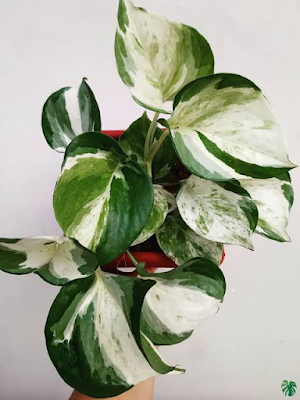HOW DIALYSIS MACHINES WORK?

Without healthy kidneys, your body would quickly fill with toxins, causing it to shut down. To prevent this buildup, these two fist-sized organs are continuously working to filter out waste substances from biological processes and pass them out of the body in your urine. For people who suffer from kidney failure, an alternative method is needed to emulate this essential task. Dialysis machines, which were invented in 1943, divert blood out of the body to be cleaned before being returned to the body. Because the body is continually producing waste, patients who depend on dialysis usually undergo four hours of treatment approximately three times a week.

During the process, the machine is attached to a needle, often placed in the arm, through which blood can be extracted and returned. As the blood enters the dialysis machine, it passes along a layer of membranes. These membranes have microscopic holes that only water and waste molecules can filter through. Because of this, no blood cells are lost to the machine – they simply take a diversion on their circulatory course.
The dialysis machine’s fluid, called dialysate, consists of water, electrolytes and salts. Mimicking the concentration of body fluid found outside of your body’s cells, dialysate draws waste products across the membrane in a process called diffusion. Because the waste molecules are in higher concentrations in the blood, they pass from an area of high concentration to an area of low concentration. When the blood is returned to the vein, it’s in a similar condition to filtered blood that has passed through the kidneys.

INSIDE AND OUTSIDE THE BODY
There are two types of dialysis: haemodialysis and peritoneal. The former involves an external dialysis machine, while peritoneal dialysis takes place mostly inside the body. Dialysis fluid is pumped into a space in the abdomen known as the peritoneal cavity, and the membrane lining the abdomen carries out the usual role of the kidneys. Waste products diffuse out of the blood and into the abdominal cavity, ready to be pumped back out of the catheter tube into a separate bag. This form of dialysis is ideal for people who need regular treatment and want to fit it around their busy schedules. Instead of clocking significant hours in hospital while hooked up to a haemodialysis machine, portable peritoneal dialysis machines can be used at home or while travelling.

1. CATHETER
A tube is inserted into a large vein in either the leg, arm or chest.
2. ARTERIOVENOUS FISTULA
A surgeon carries out a procedure to connect an artery and vein together. This creates a strong site for dialysis.
3. PRESSURE MONITORS
When too much fluid is removed from the blood, patients can suffer from low blood pressure. This monitor sounds an alarm when this occurs.
4. BLOOD PUMP
This device drives blood around the dialysis machine when outside the body, directing blood out of and back into the body.
5. HEPARIN PUMP
A blood-thinning medication called heparin is added to the blood through a syringe. Heparin prevents the blood from clotting when outside the body.
6. DIALYSER
Membranes in the main machine filter waste products out of the blood, but keep blood cells separate from the dialysis fluid.
7. WASTE DIALYSIS FLUID
Waste drains out of the blood, through a membrane, into a bag.
8. CLEAN DIALYSIS FLUID
Fresh dialysis fluid is pumped in the opposite direction of the blood flowing through the machine.
9. AIR TRAP
This device detects any air in the blood and prevents it from passing into the body.
5 FACTS REASONS FOR DIALYSIS:
1. DIABETES
Diabetes is a condition that can lead to high blood sugar. Over time this can cause damage to the kidneys’ blood vessels, preventing the organs from working well.
2. HYPERTENSION
High blood pressure causes blood vessels in the kidneys to narrow, weakening them over time and reducing the kidneys’ function.
3. INFLAMMATION
Infections can cause inflammation of the kidneys. Inflamed kidneys leak proteins into urine, stopping it from absorbing water from body tissues.
4. CYSTS
When fluid-filled sacs form in the kidneys, the membranes they protrude from are unable to filter waste from the blood.
5. INHERITED DISEASE
There are around 300 genetic kidney disorders. Some of these conditions require the use of dialysis machines.





















